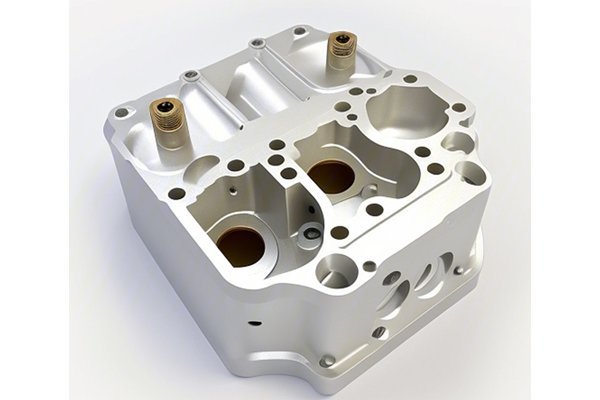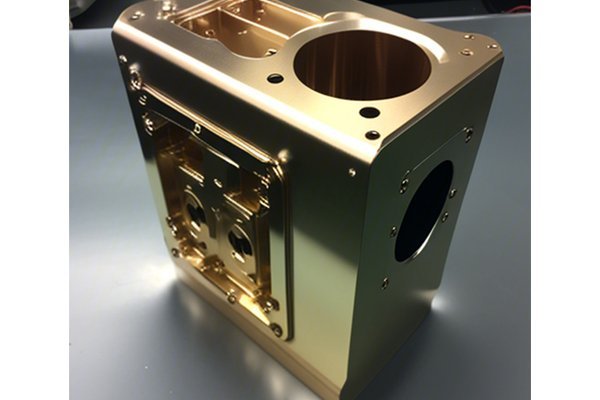Did you know that brass, an alloy of copper and zinc, has been used in manufacturing for over 2,000 years? Its favorable properties—such as corrosion resistance and good machinability—make it a staple material in various industries, from plumbing fixtures to musical instruments. However, when it comes to CNC (Computer Numerical Control) machining, improving the strength of brass parts is critical for ensuring durability and performance in their intended applications.
In this blog post, we will explore the various strategies and techniques to enhance the strength of brass parts during CNC machining, presenting solutions tailored for engineers, machinists, and manufacturers alike.
Understanding Brass and Its Machining Properties
The Composition of Brass
Brass primarily consists of copper (Cu) and zinc (Zn). Depending on the proportion of these components, brass can exhibit unique properties. For instance, adding more zinc can enhance hardness but might reduce ductility, while more copper can increase corrosion resistance. Understanding these variations is essential for selecting the right brass alloy for your application.
Why Strength Matters
The strength of machined brass parts is crucial, especially in applications that endure mechanical stress. Weak or brittle components can lead to product failure, resulting in costly repairs and downtime. Therefore, enhancing strength is a key consideration during the machining process.
Techniques to Improve the Strength of Brass Parts
The first step in improving strength is choosing the right alloy. Common brass alloys used in CNC machining include:
Choosing a high-quality brass alloy lays a strong foundation for manufacturing durable components.
Heat treatment can effectively improve the mechanical properties of brass:
Both methods can enhance strength while ensuring a certain ductility level, which is essential for machining and final use.
The parameters you set on your CNC machine can affect the finish and strength of your brass parts. Here are important aspects to optimize:

Experiment and monitor the results closely to establish what parameters yield the best combination of surface quality and mechanical strength.
The tools used in CNC machining can also play a significant role in improving the strength of brass parts:
After machining, various treatments can further enhance the strength and durability of brass parts:
Implementing robust quality control processes ensures that final products meet the desired strength specifications. Testing methods include:
Analyzing this data will allow you to refine processes and continuously enhance your final product’s strength.
Improving the strength of brass parts during CNC machining is a multifaceted challenge, but by selecting the right alloy, applying the appropriate heat treatments, optimizing machining parameters, utilizing effective tooling, and conducting thorough quality control, significant enhancements can be achieved.
By understanding and implementing these techniques, manufacturers can ensure that their brass components are not only tough and durable but also reliable in their applications. This understanding is essential, given the increasing demands for strength and quality in modern manufacturing.
This blog stands as a valuable resource for professionals in manufacturing, machining, and engineering industries. The insights provided serve not just as a guide but also as a reminder that the details in production influence the end product’s capability. In a competitive marketplace, attention to detail can make all the difference.
Encouraged by these insights, manufacturers should reflect on their current processes and consider how they can implement these strategies to elevate product performance and reputation in the industry.






